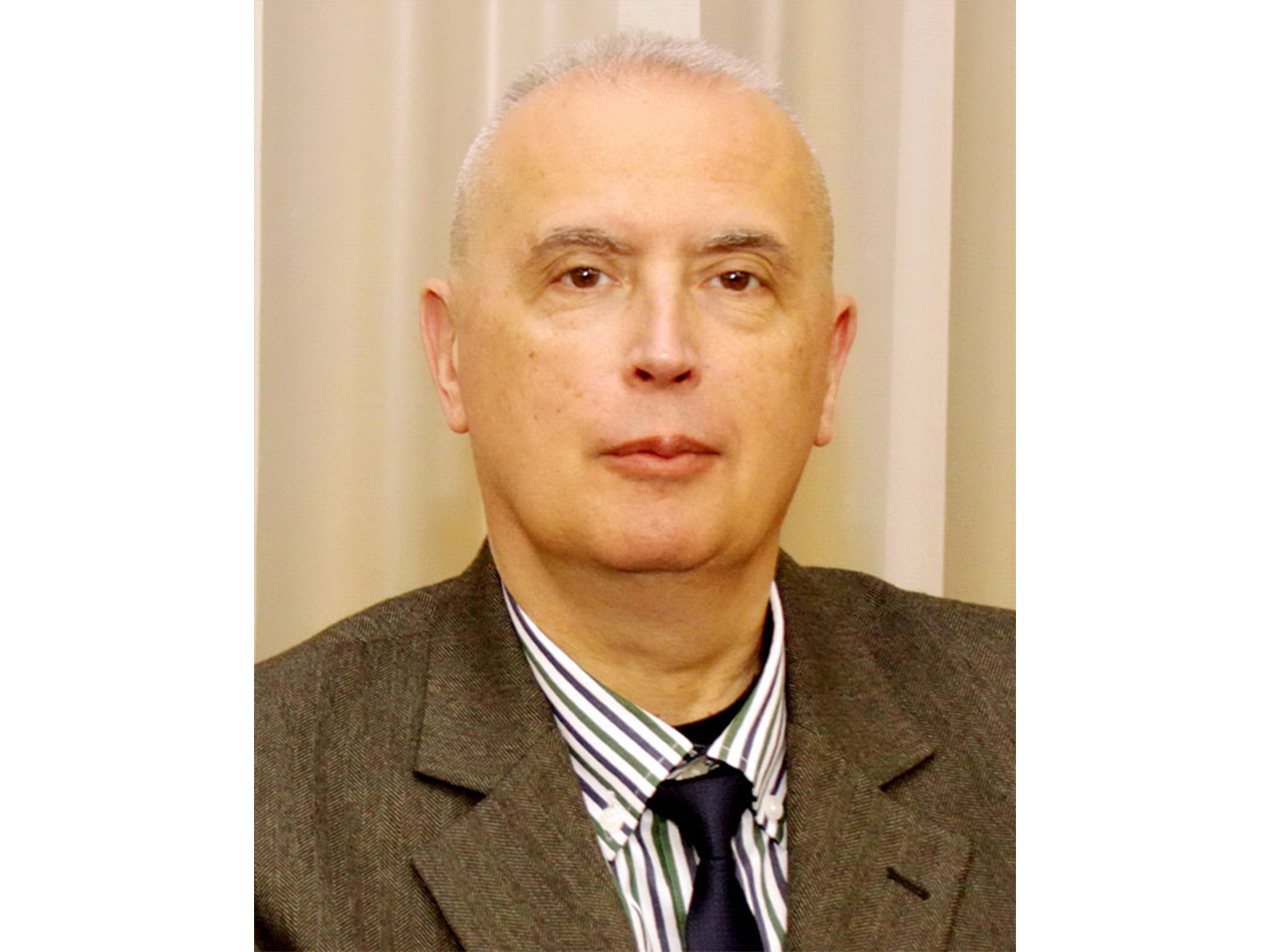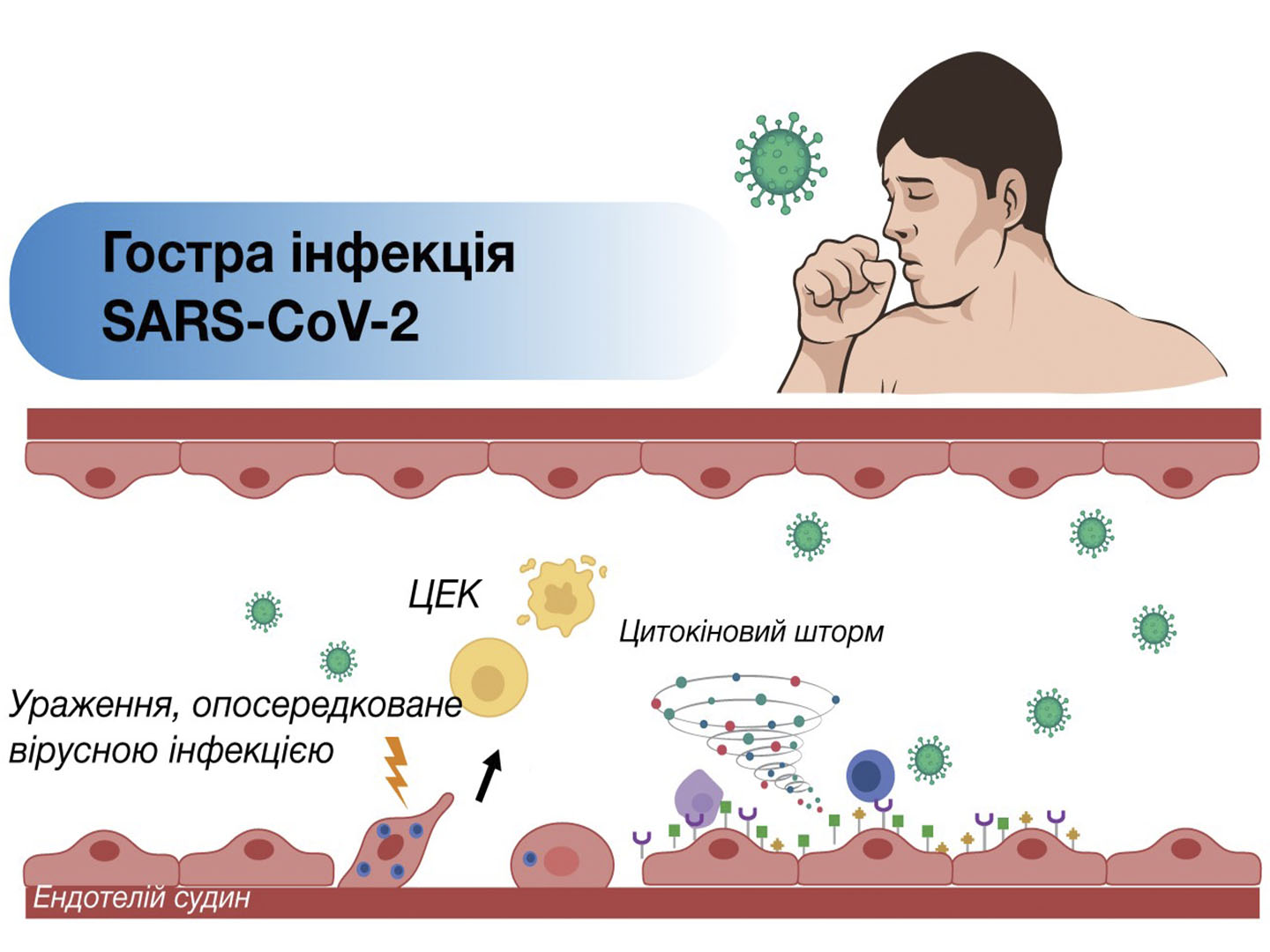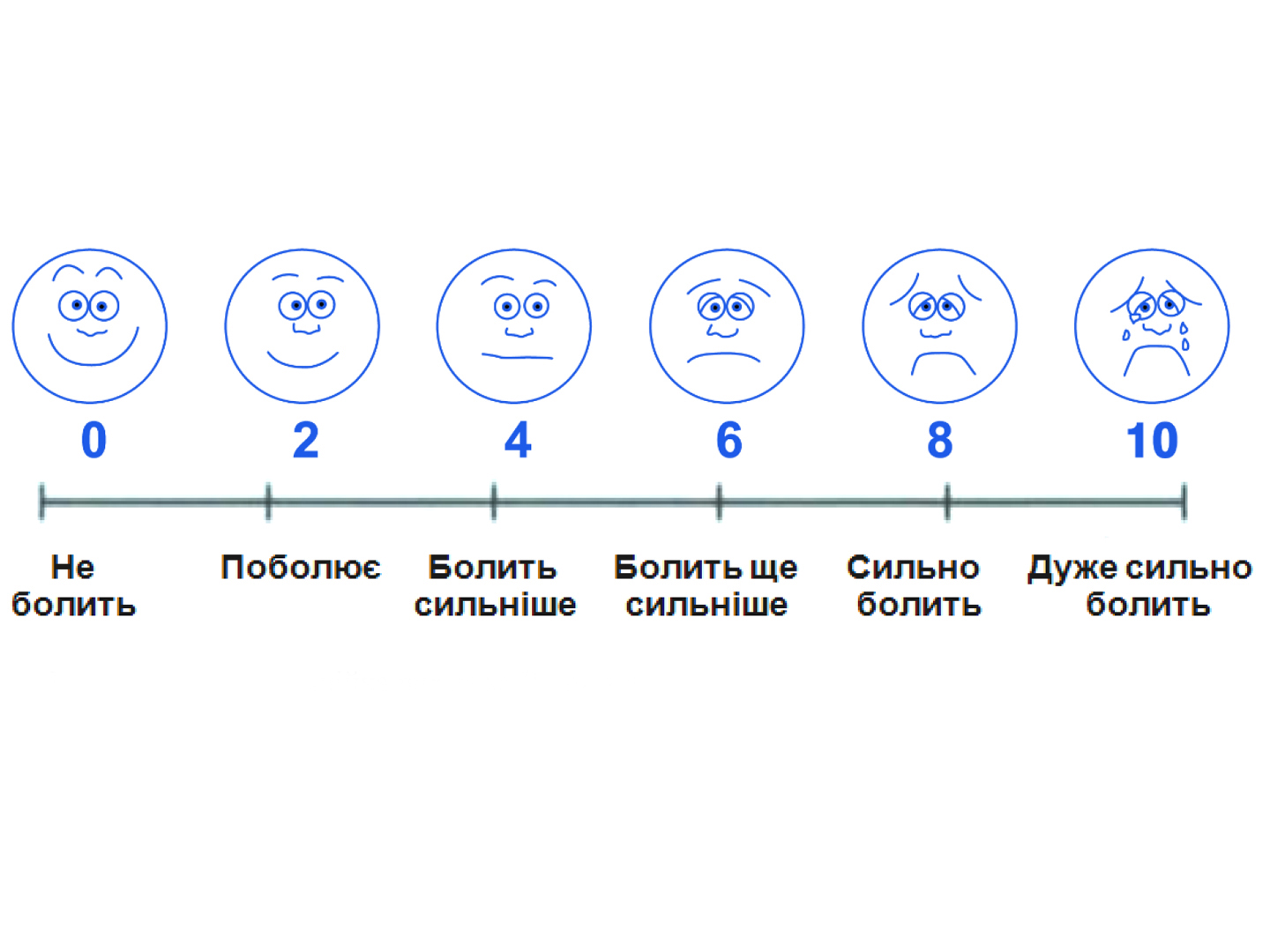Therapy patients with acute myocardial infarction – treatment with L-carnitine and L-arginine complex
The aim – to evaluate the effectiveness l-carnitine and l-arginine complex in addition to standard therapy for patients with acute myocardial infarction (AMI).
Materials and methods. The study included 60 patients whose average age was 48.9±19.2 years, with a verified diagnosis of AMI followed percutaneous coronary intervention. The observation period lasted 6 weeks. Patients were randomized into 2 groups. The first group included 30 patients, who received Tivorel (Yuria-Pharm, Ukraine) intravenous infusion of 100 ml once a day in addition to standard therapy, starting from 3–7 days of AMI, for 10 days. The second group – 30 patients received only standard therapy (dual antiplatelet therapy, ACE inhibitors, β-blockers, statins). During the study, all patients underwent chocardiography with an assessment of volumetric parameters and ejection fraction (EF, Simpson), end diastolic volume, end systolic volume (ESV), bicycle ergometry, laboratory tests.
Results and discussion. An additional appointment l-carnitine & l-arginine complex leads to a decrease in glucose levels to reference levels 6.1±2.8 mmol/l, in comparison with patients in the control group 7.2±3 3 mmol/l (p<0.05), where the glucose level did not approach the reference range. Creatinine in patients of 1st group compared with the first study was 124.0±20.1 mmol/l, the creatinine level had a significant decrease 103.6±18.1 mmol/l (р<0.005). The creatinine level in patients of 2nd group was 121.2±18.1 and 124.8±17.4 mmol/l in the first and third studies, respectively (p=0.245). The average value of the threshold load power in patients of 1st group reached the mark 107.5±30.9 Wt (р<0.05) compared with 2nd group 99.4±24.9 Wt. The ratio of the difference of the double product to the work performed (ΔDP/A) in response to submaximal physical activity in 1st group on the 15-18th day amounted to 2.8±1.8, and in 2nd group – 2.4±2.2. Up to 5–6 weeks in 1st group, the ΔDP/A indicator decreased 2.1±0.6 (p<0.05) compared with the ΔDP/A indicator of patients of 2nd group 2.3±1.4 (p=0.145). Thus, exercise tolerance in 1st group after 5–6 weeks became higher than during the first study, that can be regarded as a favorable clinical sign.
Indices of intracardiac hemodynamics during the observation period between groups had different trends.
So in patients from the 1st group the EF increased to 51.9±5.0 % compared with the first study 48.9±5.9 % (p=0.189) before the second examination, and in patients of the 2nd group, EF to the second study decreased by 45.6±6.2 % compared with the first 48.1±9.2 % (p=0.21). In patients of 1st group, up to 5–6 weeks, a decrease in ESV in 64.0±18.6 ml was recorded compared with the previous study 69.9±21.3 ml (p=0.192), while in the 2nd group this indicator actually remained unchanged. By the end of the study, the difference in this indicator between groups was statistically significant (р<0.05).
Key words: myocardial infarction, post-infarction period, cardiorehabilitation, L-arginine, L-carnitine.
Conclusions:
Considering that depletion of carnitine and arginine depot during AMI, their deficiency implies the possibility using of l-carnitine and l-arginine complex as a part of combination therapy for patients with AMI. The use of l-carnitine and l-arginine complex on the first 3–15 days of AMI with observation during 6 weeks demonstrated its cardioprotective, nephroprotective and hepatoprotective properties. The positive dynamics of glucose levels and the significant differences between the groups indicate a favorable effect of l-carnitine and l-arginine complex for carbohydrate metabolism.
Authors:
V.О. Shumakov, N.M. Tereshchenko, O.V. Voloshina, L.P. Tereshkevych, I.E. Malinovska, National Scientific Center «M.D. Strazhesko Institute of Cardiology» of NAMS of Ukraine, Kyiv, Ukraine.



